Guenther Ruhe
How Much Data Analytics is Enough? The ROI of Machine Learning Classification and its Application to Requirements Dependency Classification
Sep 28, 2021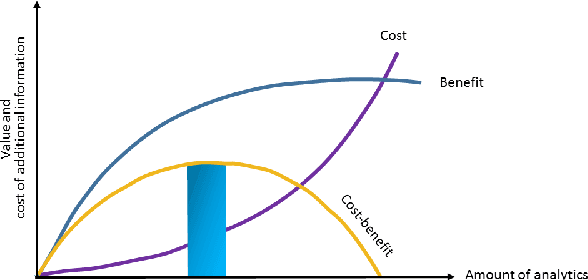
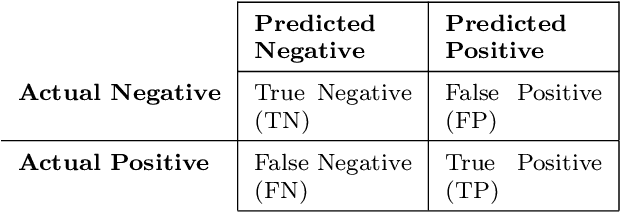
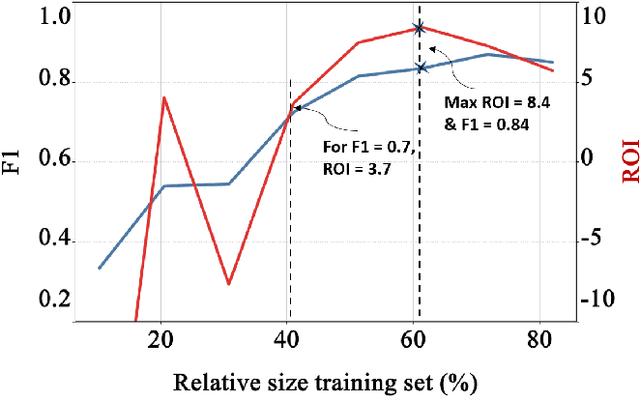
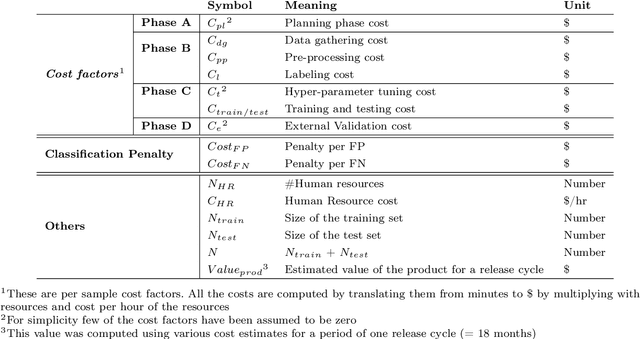
Abstract:Machine Learning (ML) can substantially improve the efficiency and effectiveness of organizations and is widely used for different purposes within Software Engineering. However, the selection and implementation of ML techniques rely almost exclusively on accuracy criteria. Thus, for organizations wishing to realize the benefits of ML investments, this narrow approach ignores crucial considerations around the anticipated costs of the ML activities across the ML lifecycle, while failing to account for the benefits that are likely to accrue from the proposed activity. We present findings for an approach that addresses this gap by enhancing the accuracy criterion with return on investment (ROI) considerations. Specifically, we analyze the performance of the two state-of-the-art ML techniques: Random Forest and Bidirectional Encoder Representations from Transformers (BERT), based on accuracy and ROI for two publicly available data sets. Specifically, we compare decision-making on requirements dependency extraction (i) exclusively based on accuracy and (ii) extended to include ROI analysis. As a result, we propose recommendations for selecting ML classification techniques based on the degree of training data used. Our findings indicate that considering ROI as additional criteria can drastically influence ML selection when compared to decisions based on accuracy as the sole criterion
An Evolutionary Algorithm for Task Scheduling in Crowdsourced Software Development
Jul 05, 2021
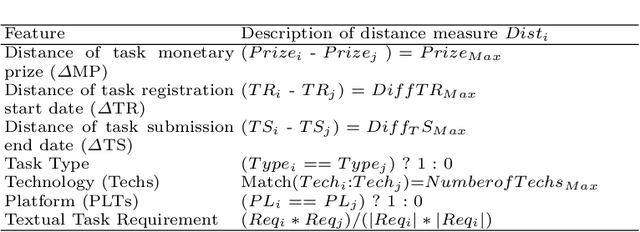
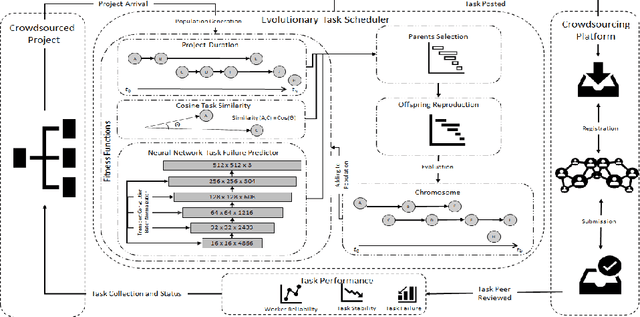
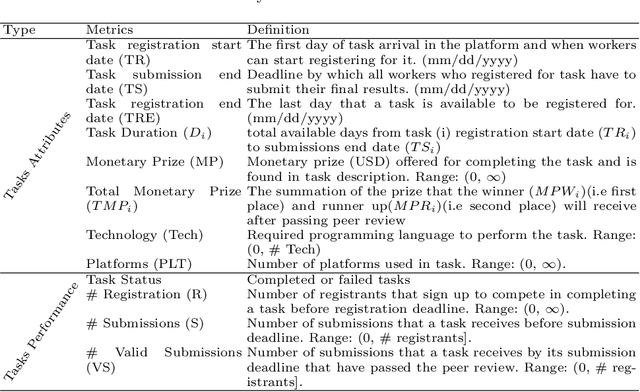
Abstract:The complexity of software tasks and the uncertainty of crowd developer behaviors make it challenging to plan crowdsourced software development (CSD) projects. In a competitive crowdsourcing marketplace, competition for shared worker resources from multiple simultaneously open tasks adds another layer of uncertainty to the potential outcomes of software crowdsourcing. These factors lead to the need for supporting CSD managers with automated scheduling to improve the visibility and predictability of crowdsourcing processes and outcomes. To that end, this paper proposes an evolutionary algorithm-based task scheduling method for crowdsourced software development. The proposed evolutionary scheduling method uses a multiobjective genetic algorithm to recommend an optimal task start date. The method uses three fitness functions, based on project duration, task similarity, and task failure prediction, respectively. The task failure fitness function uses a neural network to predict the probability of task failure with respect to a specific task start date. The proposed method then recommends the best tasks start dates for the project as a whole and each individual task so as to achieve the lowest project failure ratio. Experimental results on 4 projects demonstrate that the proposed method has the potential to reduce project duration by a factor of 33-78%.
Beyond Accuracy: ROI-driven Data Analytics of Empirical Data
Sep 14, 2020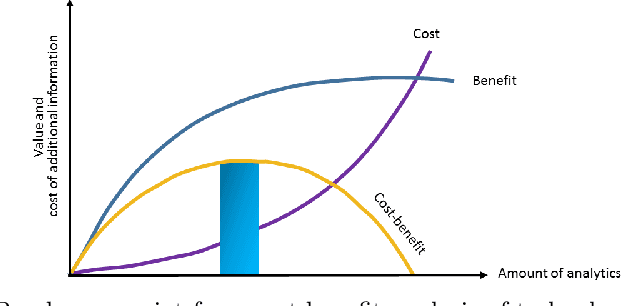
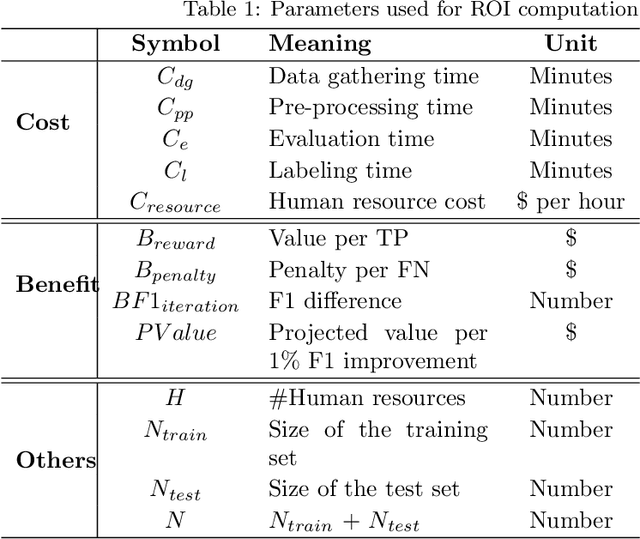
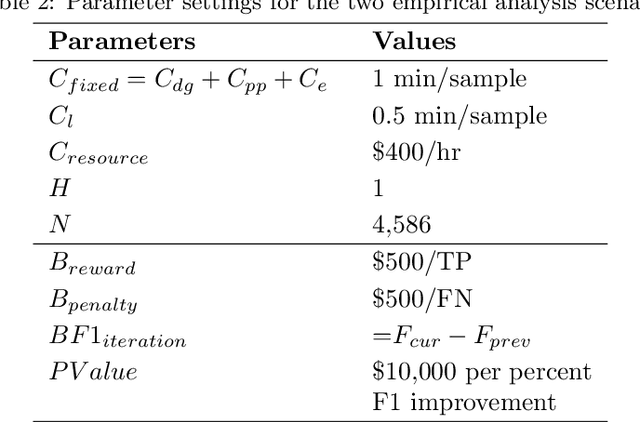
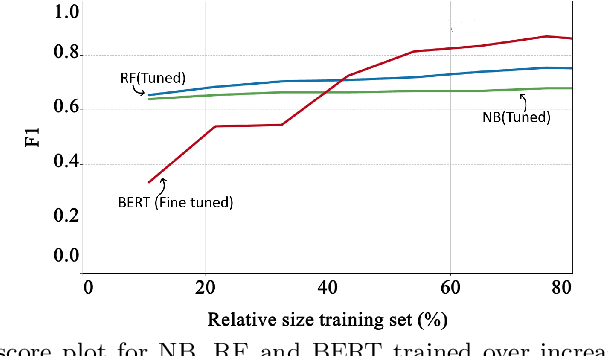
Abstract:This vision paper demonstrates that it is crucial to consider Return-on-Investment (ROI) when performing Data Analytics. Decisions on "How much analytics is needed"? are hard to answer. ROI could guide for decision support on the What?, How?, and How Much? analytics for a given problem. Method: The proposed conceptual framework is validated through two empirical studies that focus on requirements dependencies extraction in the Mozilla Firefox project. The two case studies are (i) Evaluation of fine-tuned BERT against Naive Bayes and Random Forest machine learners for binary dependency classification and (ii) Active Learning against passive Learning (random sampling) for REQUIRES dependency extraction. For both the cases, their analysis investment (cost) is estimated, and the achievable benefit from DA is predicted, to determine a break-even point of the investigation. Results: For the first study, fine-tuned BERT performed superior to the Random Forest, provided that more than 40% of training data is available. For the second, Active Learning achieved higher F1 accuracy within fewer iterations and higher ROI compared to Baseline (Random sampling based RF classifier). In both the studies, estimate on, How much analysis likely would pay off for the invested efforts?, was indicated by the break-even point. Conclusions: Decisions for the depth and breadth of DA of empirical data should not be made solely based on the accuracy measures. Since ROI-driven Data Analytics provides a simple yet effective direction to discover when to stop further investigation while considering the cost and value of the various types of analysis, it helps to avoid over-analyzing empirical data.
 Add to Chrome
Add to Chrome Add to Firefox
Add to Firefox Add to Edge
Add to Edge